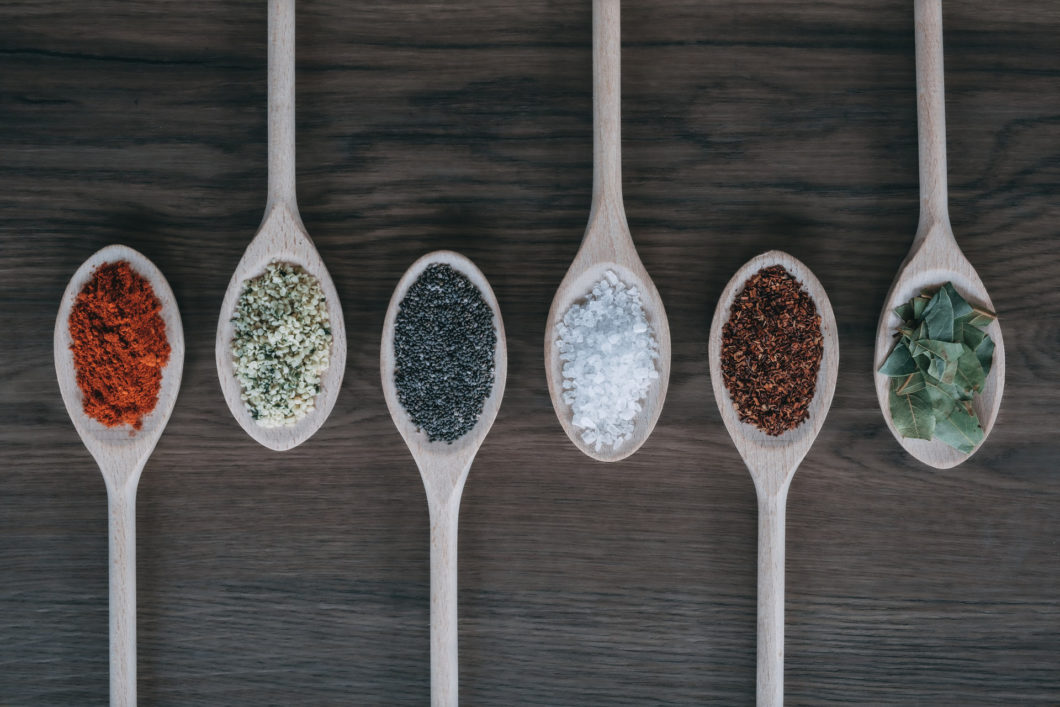What is thaumatin?
Product development • Thaumatin is a sweetener of natural origin with an outstanding sweetness. But it is also an excellent flavour enhancer. In combination with steviol glycosides, it is something quite unique. Let's explore it further!
Thaumatin is a super-sweetening sweetener of natural origin that is extracted from the plant Katemfe. But it is as a flavour enhancer that thaumatin shows its true qualities.
A brief introduction
Thaumatin is an umbrella term for the proteins extracted from the plant Katemfe (Thaumatococcusdaniellii). Katemfe is a shrub with light purple flowers that can grow about 3–4 meters tall. Thaumatin is extracted from the seed coat in the red triangular fruit that grows at the root of the Katemfe bush.
The largest and sweetest thaumatin proteins are called thaumatin I respectively thaumatin II. These two do not differ significantly as the structure of amino acids is similar.
The Katemfe plant grows naturally in the West African rainforest. The plant is found in Ghana, Togo and Sierra Leone, among others.
Popular among the indigenous people
For centuries, the fruit of the katemfe plant has been used as a sweetener by the West African people. In 1839, the English army surgeon and botanist WF Daniell brought the fruit to England. The sweetness in the fruit had remained when he returned, despite the long journey. Daniell later published an article on thaumatin in a pharmaceutical journal.
But it would not be until the 1970s before researchers began to fully investigate thaumatin and its properties and commercialization could begin. Since 1979, thaumatin has been an approved ingredient in Japan. Then followed, among others, Great Britain and Australia.
In the EU, thaumatin is approved partly as a flavour enhancer and partly as a sweetener. The designation is E957.
Areas of use
As a flavour enhancer, it can be used in dairy products, flavoured drinks and in certain chewing gums, among other things. In sauces and snacks with umami and spice flavours, thaumatin can enhance these flavours.
As a sweetener, we can find it in jams, marmalades, chocolate products, breakfast cereals and various forms of decorations and fillings, among other things.
But thaumatin can also mask bitterness and create synergy effects with other sweeteners. Let’s return to that in a bit.

Super sweet
Thaumatin is one of the sweetest substances known to man, it is 2000–3000 times sweeter than regular sugar in normal use.
Thaumatin contains 4 kcal per gram, but because it is so potent, very small doses are needed. This means that thaumatin is in practice a calorie-free ingredient. Thaumatin is digested by the body just like any other protein.
Sweet but slow
The taste is sweet but the onset is slow; it may take several seconds. In addition, thaumatin leaves a liquorice-like aftertaste. This means that thaumatin on its own does not reach all the way as a sweetener. However, it can be an excellent complement to other sweeteners.

A proper masking agent
When it comes to masking metallic and bitter flavours, thaumatin can come in handy. The sweetener saccharin has a metallic taste that thaumatin can dampen. The bitterness from citrus fruits can also be cured by thaumatin.
A good example of when thaumatin really comes into its own is when it is combined with steviol glycosides. Steviol glycosides are a sweetener of natural origin that are extracted from the stevia plant. Steviol glycosides often carry a certain bitterness and liquorice-like aftertaste (in addition to new varieties such as Reb M).
A happy meeting
Separately, steviol glycosides and thaumatin have a super sweet taste with some bitterness, liquorice-like aftertaste and a long aftertaste. You may believe that it will only be more of that product if you combine these sweeteners with each other.
But that will not be the case at all. In fact, they mask each other, and the bitterness and liquorice taste is subdued. And as an icing on the cake, thaumatin can improve the intensity of the sweetness of steviol glycosides.
However, combining steviol glycosides with thaumatin require a delicate hand touch. Due to its high sweetness, it places high demands on dosing and mixing technique.
Read more
Want to learn more about stevia and steviol glycosides? Then take a look at these articles:
- Stevia – from seed to Eureba
- Stevia – the sweet plant that challenged the giant companies
- Why you should sweeten with Reb M
- How we safeguard quality – from cultivation to production
Please, share this article if you liked it.
[et_social_share]





